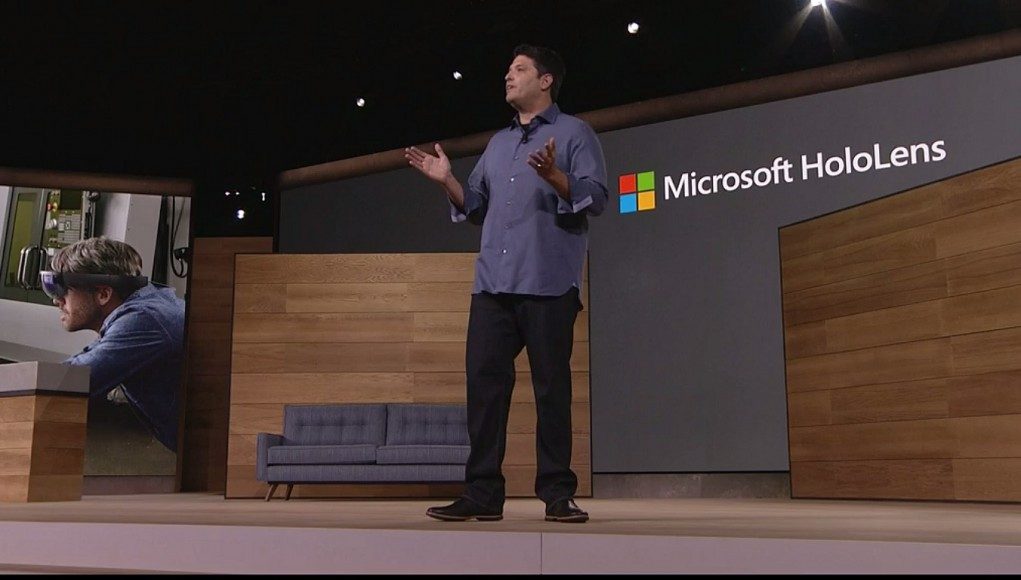At Microsoft’s ‘Windows 10 devices event’ today, it was revealed that a HoloLens development kit, the company’s augmented reality headset, will be available for purchase in Q1 of 2016 for the hefty price of $3,000.
The HoloLens development kit is coming soon, albeit it with quite a price tag. A stand-alone device that can function untethered from a PC, HoloLens is arguably the most advanced augmented reality devices coming to the developer space.
Specs are still thin on the ground for HoloLens, a device that is offering a 40-degree field of view with cross-platform compatability with Windows 10 ‘universal apps’.
Microsoft still hasn’t released any info on consumer release of HoloLens, or how much they plan on reducing the price to make it more attractive to the general public—but needless to say—we’re hoping it comes down considerably.
This is story is breaking. Check back for more HoloLens related news. We’ll be updating this article as more info appears.








